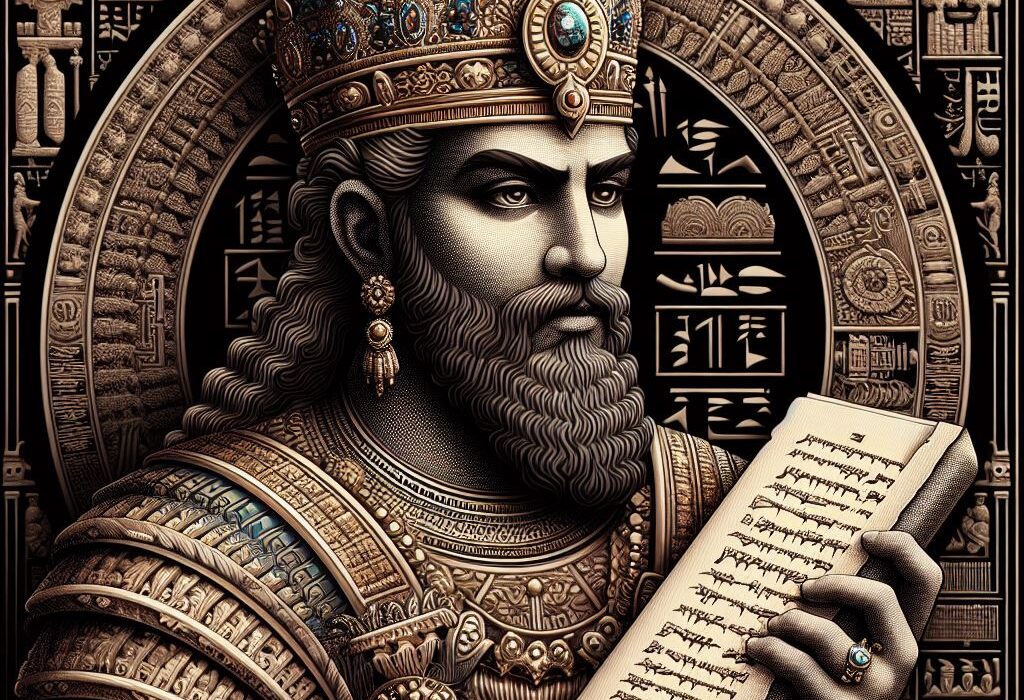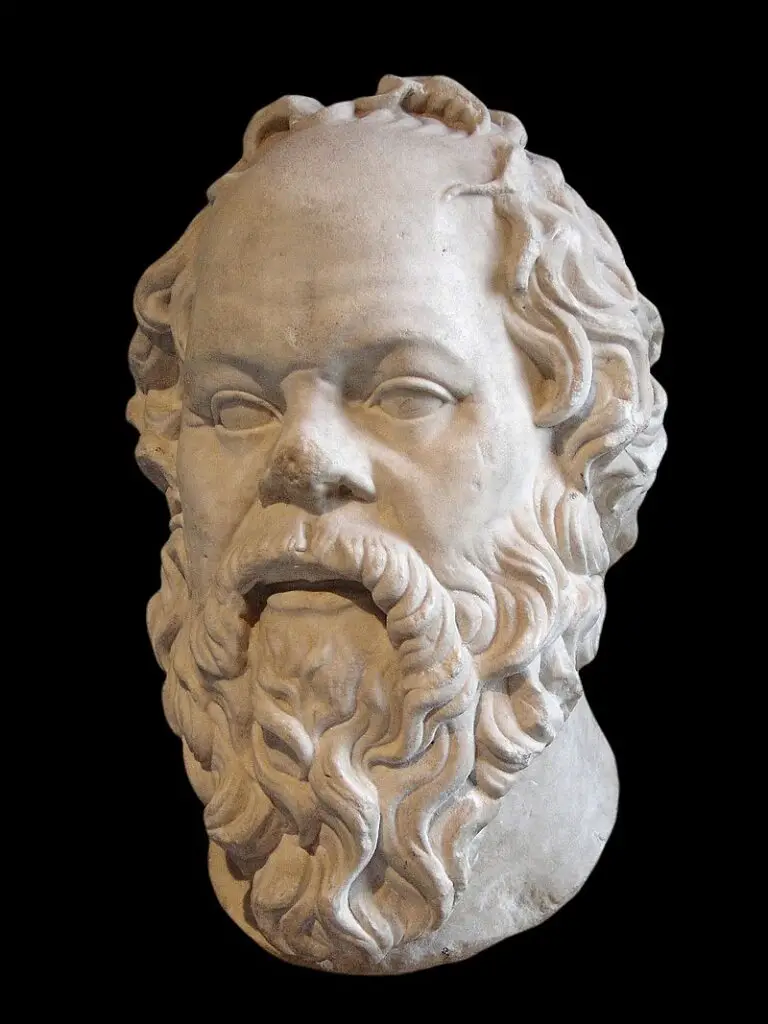Ashurbanipal (c. 685–627 BCE) was an Assyrian king who ruled the Neo-Assyrian Empire from 668 to 627 BCE. He is best known for his reign as a powerful and ruthless monarch, as well as for his contributions to the expansion of the empire and the development of Assyrian culture. Ashurbanipal is particularly famous for his extensive library in Nineveh, which contained a vast collection of cuneiform tablets, making it one of the most significant archaeological discoveries of ancient Mesopotamia. These tablets provided valuable insights into various aspects of Assyrian society, history, literature, and science, showcasing Ashurbanipal’s interest in scholarly pursuits. Despite his achievements, Ashurbanipal’s reign also saw significant military campaigns and brutal tactics, contributing to the eventual downfall of the Assyrian Empire.
Ashurbanipal was born in the city of Nineveh, the capital of the Assyrian Empire, around 685 BCE. He was the son of King Esarhaddon and Queen Naqi’a-Zakutu, and he was raised in the royal court surrounded by luxury and privilege. From a young age, Ashurbanipal received a comprehensive education in statecraft, diplomacy, and military strategy, preparing him for his future role as king.
In 668 BCE, Ashurbanipal ascended to the throne of Assyria following the death of his father, King Esarhaddon. He inherited a vast empire that stretched from the Persian Gulf to the Mediterranean Sea, encompassing territories in modern-day Iraq, Syria, Iran, and Turkey. Despite the size and complexity of his empire, Ashurbanipal proved to be a capable and effective ruler, implementing a series of administrative reforms to strengthen central authority and maintain control over his vast domains.
One of Ashurbanipal’s most significant achievements was his patronage of the arts and scholarship, which flourished under his rule. He established the first known royal library in the ancient Near East, housing thousands of clay tablets containing literary works, historical chronicles, religious texts, and scientific treatises. The library at Nineveh became a center of learning and intellectual exchange, attracting scholars, scribes, and poets from across the empire and beyond.
Among the many treasures housed in Ashurbanipal’s library was the Epic of Gilgamesh, one of the oldest known works of literature in human history. The epic tells the story of Gilgamesh, the legendary king of Uruk, and his quest for immortality, offering insights into the human condition and the quest for meaning and purpose in life. Ashurbanipal’s decision to preserve and protect the epic demonstrates his appreciation for the cultural and literary heritage of Mesopotamia and his desire to celebrate and preserve it for future generations.
In addition to his patronage of the arts, Ashurbanipal was also a prolific builder and urban planner, overseeing numerous construction projects throughout his empire. He commissioned the construction of palaces, temples, and fortifications, as well as the restoration of ancient monuments and religious sites. These projects not only enhanced the prestige and power of the Assyrian Empire but also provided employment opportunities for thousands of workers and artisans.
Despite his contributions to the arts and culture, Ashurbanipal is perhaps best known for his military campaigns and conquests. During his reign, he launched a series of successful military expeditions to expand the borders of the Assyrian Empire and assert its dominance over neighboring kingdoms and city-states. His conquests included campaigns against Elam, Babylon, and Egypt, as well as numerous smaller states and tribal groups throughout the region.
One of Ashurbanipal’s most famous military victories was his conquest of the kingdom of Elam, a powerful rival to the east of Assyria. According to historical records, Ashurbanipal defeated the Elamites in a series of decisive battles and captured their capital city of Susa, thereby bringing an end to Elamite independence and incorporating it into his empire. The conquest of Elam solidified Ashurbanipal’s control over the region and established Assyria as the dominant power in the ancient Near East.
In addition to his military conquests, Ashurbanipal also faced numerous challenges and threats to his rule, both from within his empire and from external enemies. He quelled several rebellions and uprisings among his subjects, as well as incursions by nomadic tribes and rival kingdoms seeking to challenge Assyrian dominance. Despite these challenges, Ashurbanipal proved to be a formidable and resourceful leader, successfully defending his empire and preserving its territorial integrity.
Towards the end of his reign, Ashurbanipal faced a new and formidable enemy in the form of the Babylonian revolt, led by the Chaldean prince Nabopolassar. Despite his efforts to suppress the revolt, Ashurbanipal was ultimately unable to prevent the loss of Babylon and the disintegration of Assyrian control over southern Mesopotamia. The fall of Babylon marked the beginning of the end for the Assyrian Empire, which would soon collapse under the combined pressure of internal unrest and external invasion.
Ashurbanipal died around 627 BCE, leaving behind a legacy of cultural achievement, military conquest, and administrative reform that continues to be studied and admired to this day. Although the Assyrian Empire would eventually fall to the Babylonians and the Medes, Ashurbanipal’s reign remains a testament to the power and prestige of ancient Assyria and its enduring impact on the history of the ancient Near East.










